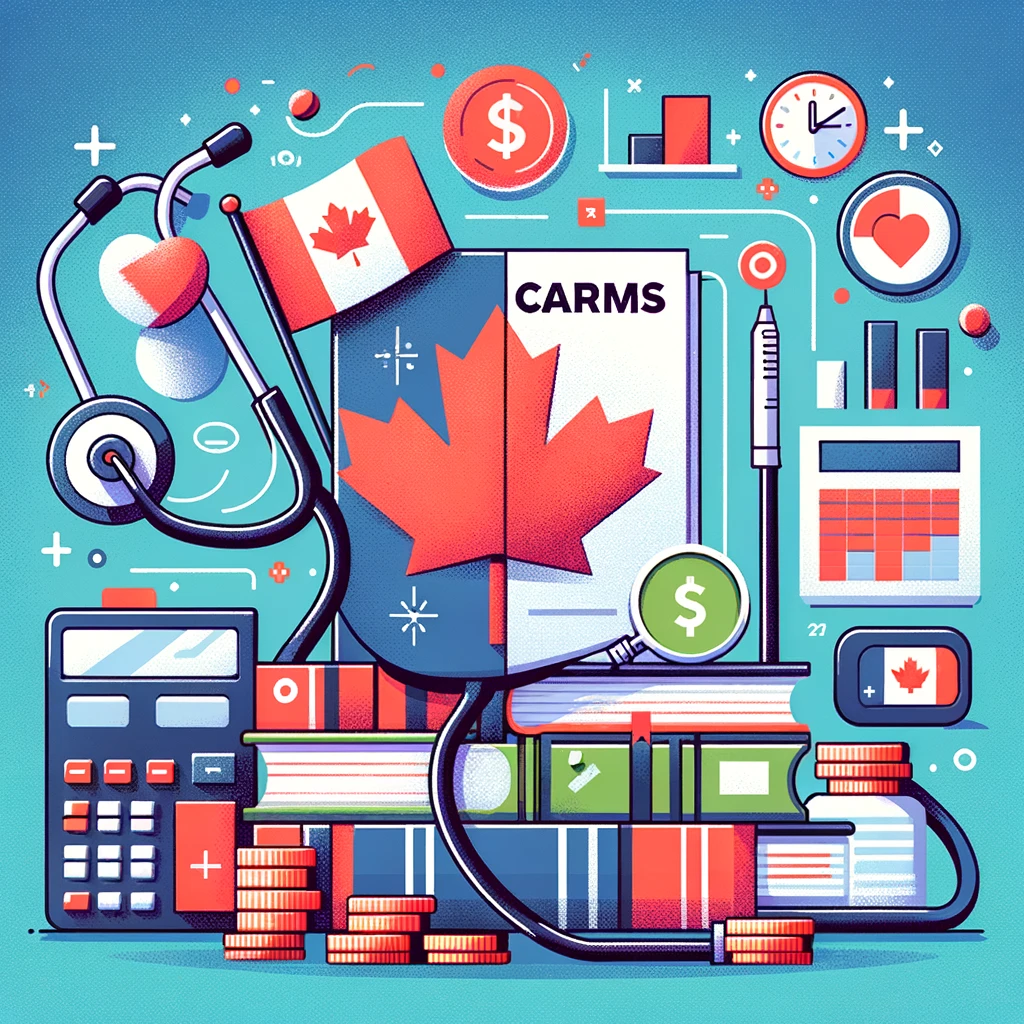How to Get a Fellowship in the USA? A Step-by-Step Guide For IMGs
International medical graduates (IMGs) looking to pursue a fellowship in the USA typically fall into one of three categories: Residency The first group comprises individuals who utilize their fellowship experience as a stepping stone to apply once more for a residency program. Attending/Consultant Physician The second group consists of IMGs aiming to transition directly from a fellowship to a role as a consultant or attending physician within the USA. We offer specialized guidance to assist in this career progression. Return to Home Country The third category includes IMGs who enter the USA to undertake a fellowship with the intention of returning to their home country afterwards. They aim to implement the knowledge and skills acquired in the USA within their respective home countries. For all categories, the underlying principles and processes remain consistent. Let’s dive into more details. Schedule an Appointment with IMG Secrets Experts What are the basic requirements for applying to a fellowship program in the USA? The basic requirements for applying to a fellowship program in the USA are as follows: Graduation from a medical college or school recognized by the World Health Organization (WHO). You can check the status of your medical college/school by clicking on this link here. You must also obtain a sponsorship note from the Educational Commission for Foreign Medical Graduates (ECFMG). 2. Accreditation by the World Federation for Medical Education (WFME) is commendable. Congratulations if your country is WFME accredited. Regardless of WFME accreditation status, you are eligible to apply for a fellowship in the USA. 3. Completion of postgraduate (PG) education or residency in your home country. You should be a recognized specialist in your home country You must have a valid specialist license in your home country. 4. It is desirable to be ECFMG certified. This implies that you have completed the USMLE Step 1, Step 2 CK (Clinical Knowledge), and an English proficiency exam, such as the Occupational English Test (OET). While there are exceptions, ECFMG certification is generally preferred. Completion of USMLE Step 3 is also advantageous and highly regarded. How to Find a Fellowship in USA? Thinking how to become a doctor in USA as an IMG? Embarking on the journey to secure a fellowship in your area of medical expertise is a pivotal step in advancing your career. Suppose you’re an anesthesiologist in your home country looking to deepen your knowledge. In that case, you’d aim to find a fellowship that offers sub-specialization within the field of anesthesia. Conversely, if your background is in radiology, your target would be fellowships tailored to radiology, perhaps with a focus on a niche like neuro-radiology. For those certified in internal medicine, the horizons are broad. Your fellowship options span various subspecialties, including cardiology, endocrinology, rheumatology, gastroenterology, among numerous others. Understanding your desired path is crucial. So, let’s take a hypothetical scenario: you’re an anesthesiologist with a keen interest in pediatric anesthesiology. Pursuing a fellowship in this subspecialty would be your goal. This framework for selecting and pursuing a fellowship applies universally, regardless of your medical specialty. What Are the Precise Steps to Secure a Fellowship in the USA? To begin your search for a fellowship in the United States, start with a strategic approach: Utilize a search engine like Google or other sites to explore some of the top medical universities in the country and the jobs available there. Navigate to the official websites of these institutions. For instance, if you’re considering Harvard University, specifically search for a pediatric anesthesia fellowship on their site. Keep in mind that universities like Harvard may affiliate with various hospitals. For example, pediatric anesthesia fellowships might be available at affiliated hospitals such as Boston Children’s Hospital. 4. Proceed to visit the website of the hospital offering the fellowship, such as Boston Children’s Hospital in this case, and look for pediatric anesthesia fellowship opportunities under their training or education section. 5. If your interest lies in a fellowship offered by a different university, apply the same process: visit the university’s website, find their affiliated hospitals, and search for the fellowship program you’re interested in. Remember, each university and hospital will have its unique offerings and application processes, so thorough research on their specific websites is essential. How to Find a Radiology Fellowship in USA? If you’re on the hunt for a highly specialized fellowship in radiology, the approach mirrors the general steps for any medical fellowship search. I will give the example of a neuro radiology fellowship. First, zero in on institutions renowned for their radiology departments. Once you’ve pinpointed these, visit their websites to delve into the specifics of their neuro radiology fellowship programs. For a practical example, consider you’re aiming for expertise in neuro radiology. You’d begin by identifying which medical schools or hospitals have a strong radiology focus. After selecting your target institutions, navigate to their dedicated fellowship sections to find detailed information on the neuro radiology programs they offer. But what exactly should you look for on these pages? Clarity on the fellowship’s structure, the mentors you’ll be learning from, and the type of research and clinical work involved are key factors. Also, consider the application deadlines and required materials to ensure you’re fully prepared to apply. Below is a screenshot showing an example of Neuroradiology fellowship at the prestigious University of Pennsylvania. Are you ready to take the next step towards advancing your career in radiology? How will you prepare your application to stand out? These are critical questions to ask as you embark on this exciting professional journey. You can find professional help by clicking the below button from where you can connect to experts on IMG Secrets. Schedule an Appointment with IMG Secrets Experts How to Find a Gastroenterology Fellowship in USA? If you’re setting your sights on a fellowship in gastroenterology, the approach to finding your ideal program remains consistent with that of other medical subspecialties. Start by pinpointing institutions renowned for their advancements and research in gastroenterology. These programs should offer a comprehensive curriculum that




